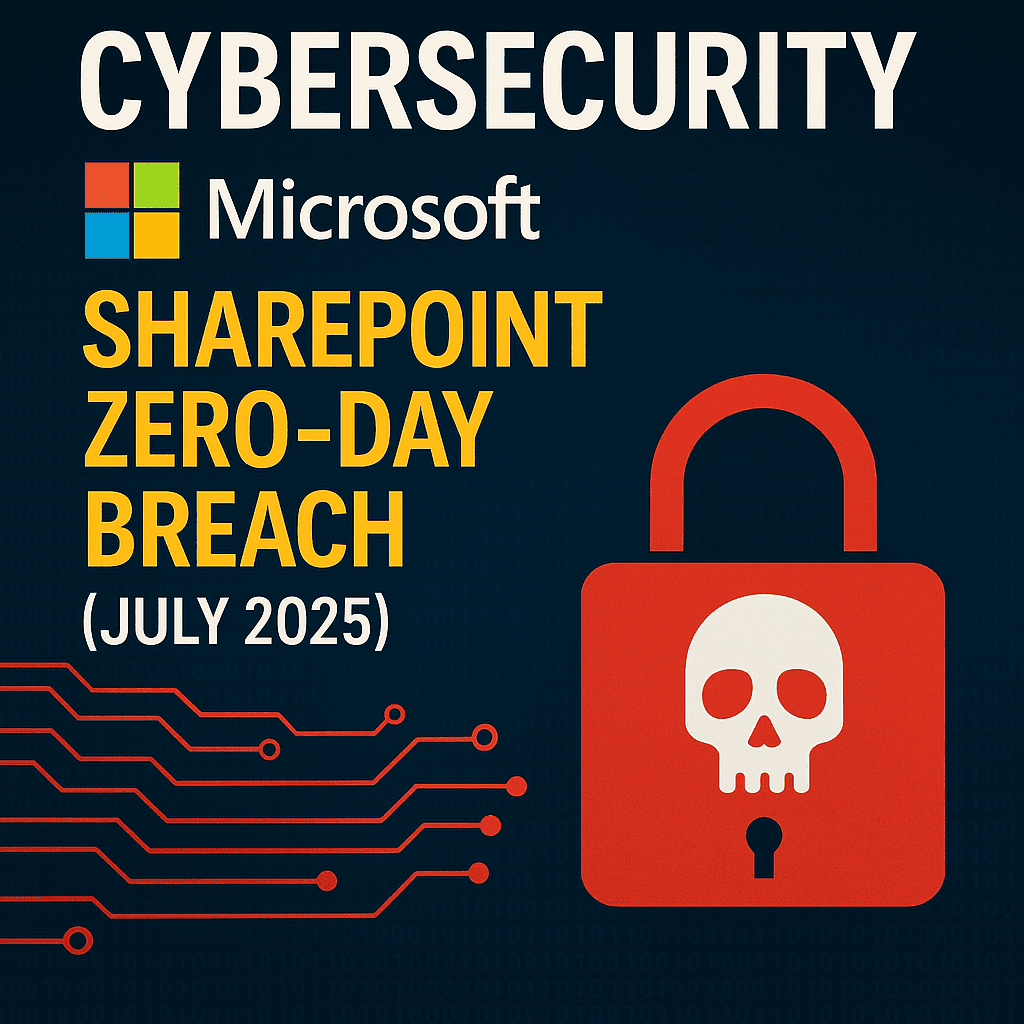A cyberattack on Microsoft SharePoint Server just made headlines. It is a textbook example of how quickly a zero-day vulnerability can spiral into a full-blown crisis.
On July 18, 2025, cybersecurity researchers disclosed a critical zero-day vulnerability (CVE‑2025‑53770) in Microsoft SharePoint Server. The flaw allowed unauthenticated remote code execution, meaning attackers didn’t need credentials to exploit vulnerable systems.

Over 75 confirmed breaches have been linked to the flaw, targeting state agencies, federal contractors, telecoms, energy providers, and universities. Tens of thousands of systems remained exposed days after disclosure.
Key detail: Stolen cryptographic keys can allow attackers to retain access even after systems are patched.
Even patched servers may remain compromised if keys aren't rotated and thorough forensics aren't performed.
1. Patching isn't enough.
Zero-day exploits often leave behind persistence mechanisms. Assume breach and act accordingly.
2. Credential hygiene is critical.
Once crypto keys are stolen, attackers can spoof access even after patching. Rotate all credentials immediately. Think of it like having your house keys stolen. Once the thief has them, they can get back in. You have to change the locks.
3. Asset visibility matters.
Thousands of organizations didn’t realize their servers were exposed until it was too late. Know your environment.
At WatchPoint, we were able to check all managed servers within a matter of minutes to ensure none were vulnerable.
4. Legacy systems are a liability.
Unpatched older versions (like SharePoint 2016) create attack surface area that sometimes can't be mitigated fast enough.
5. Plan for resilience, not just prevention.
Detection, containment, and incident response are a must!